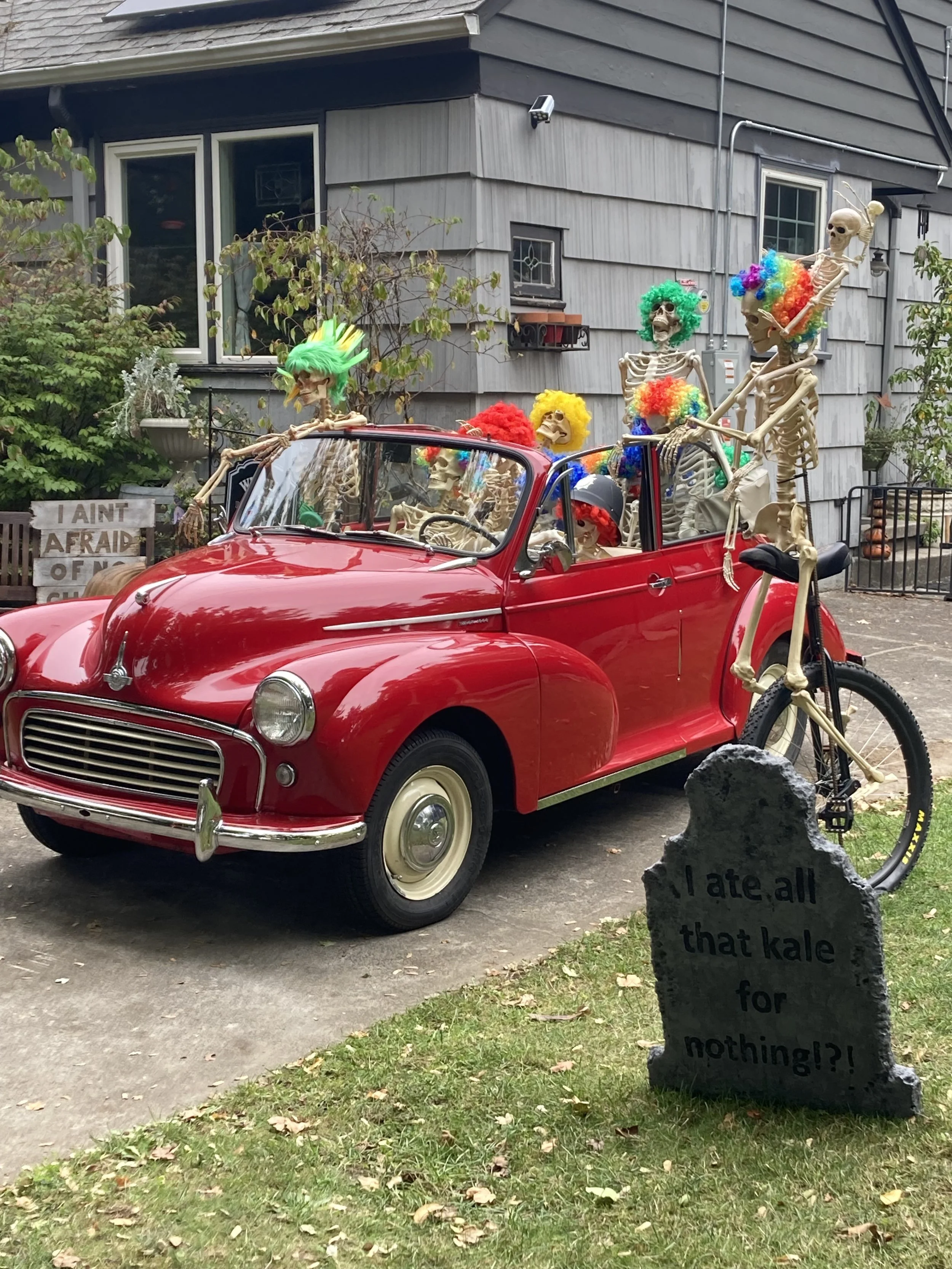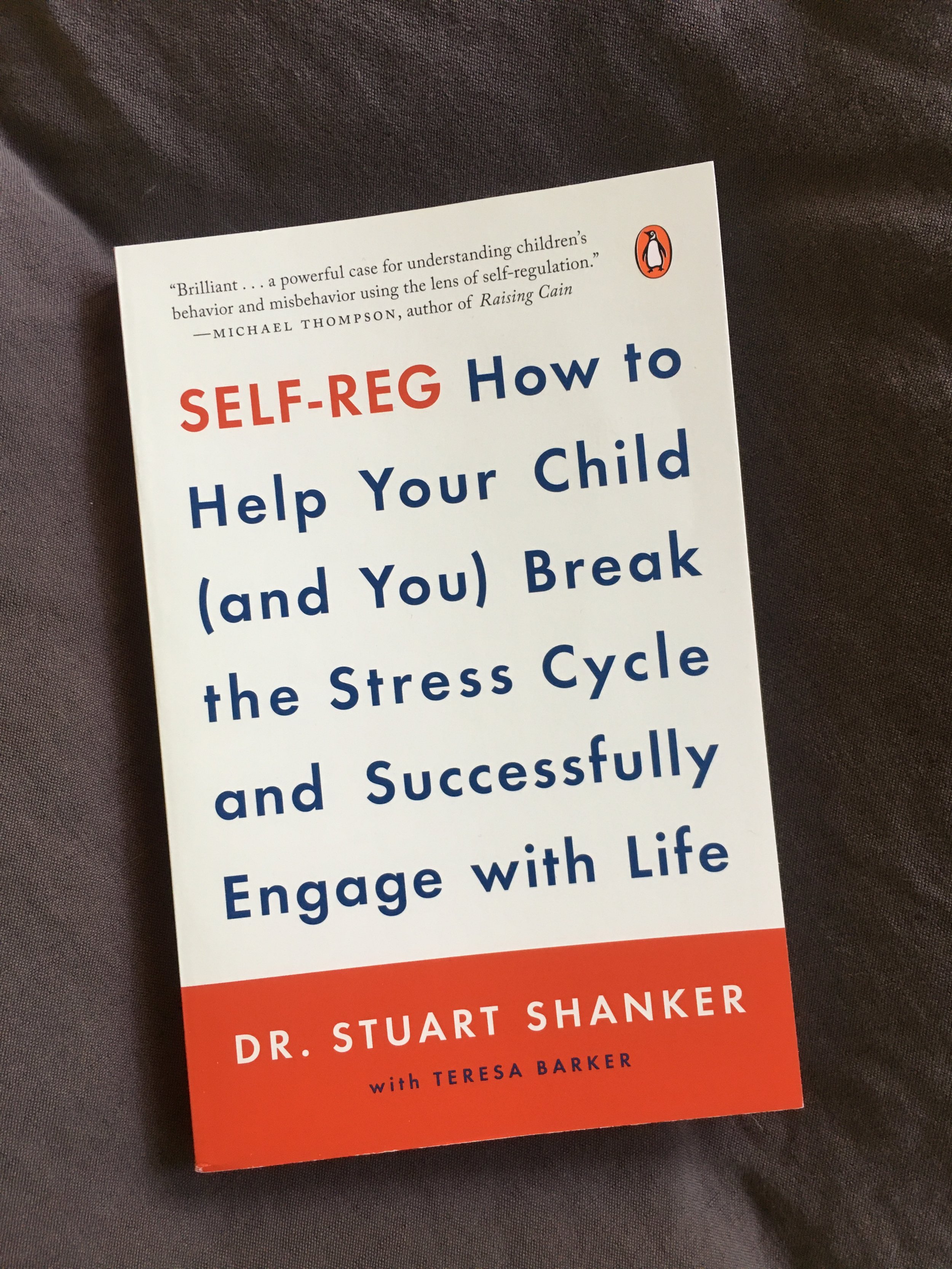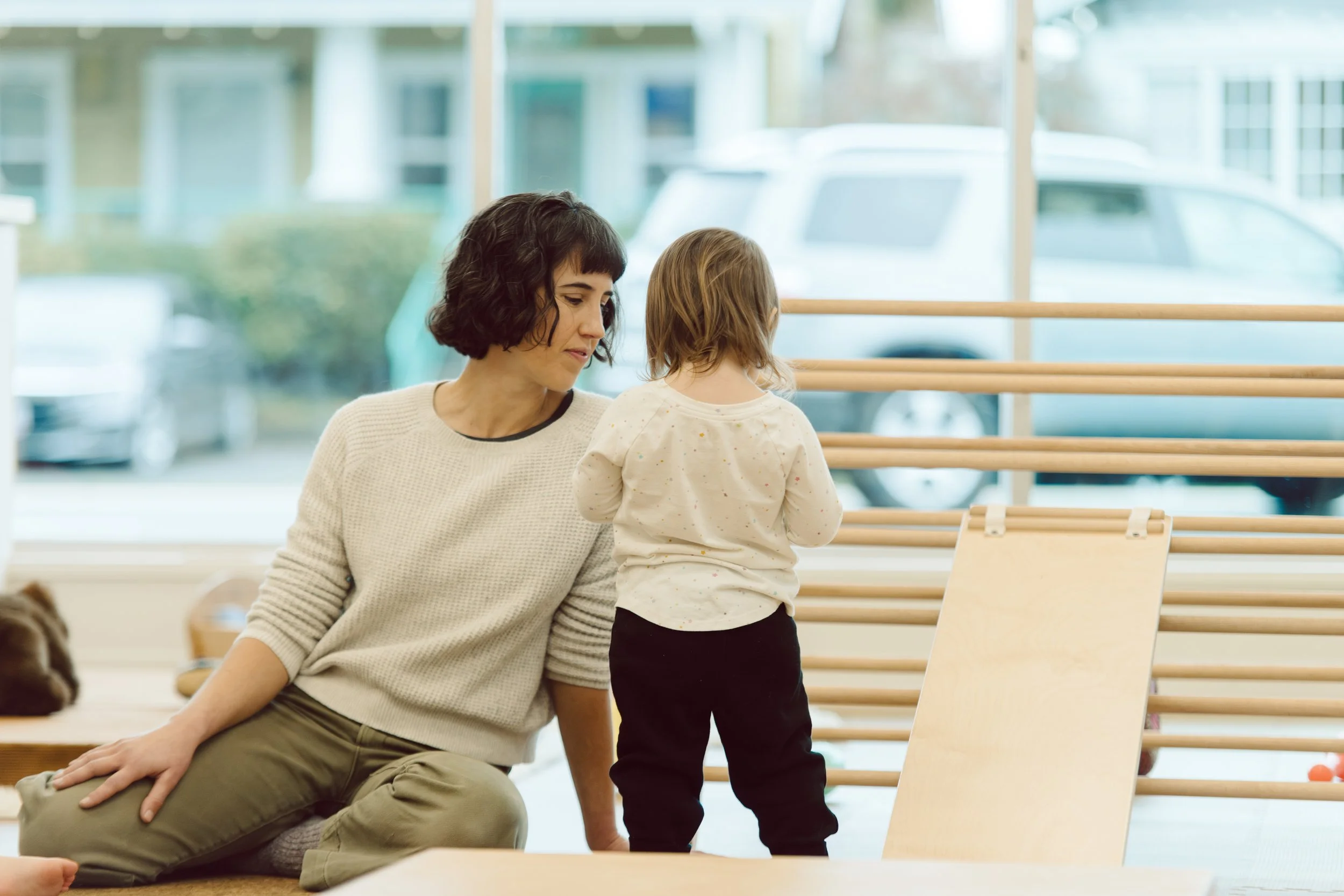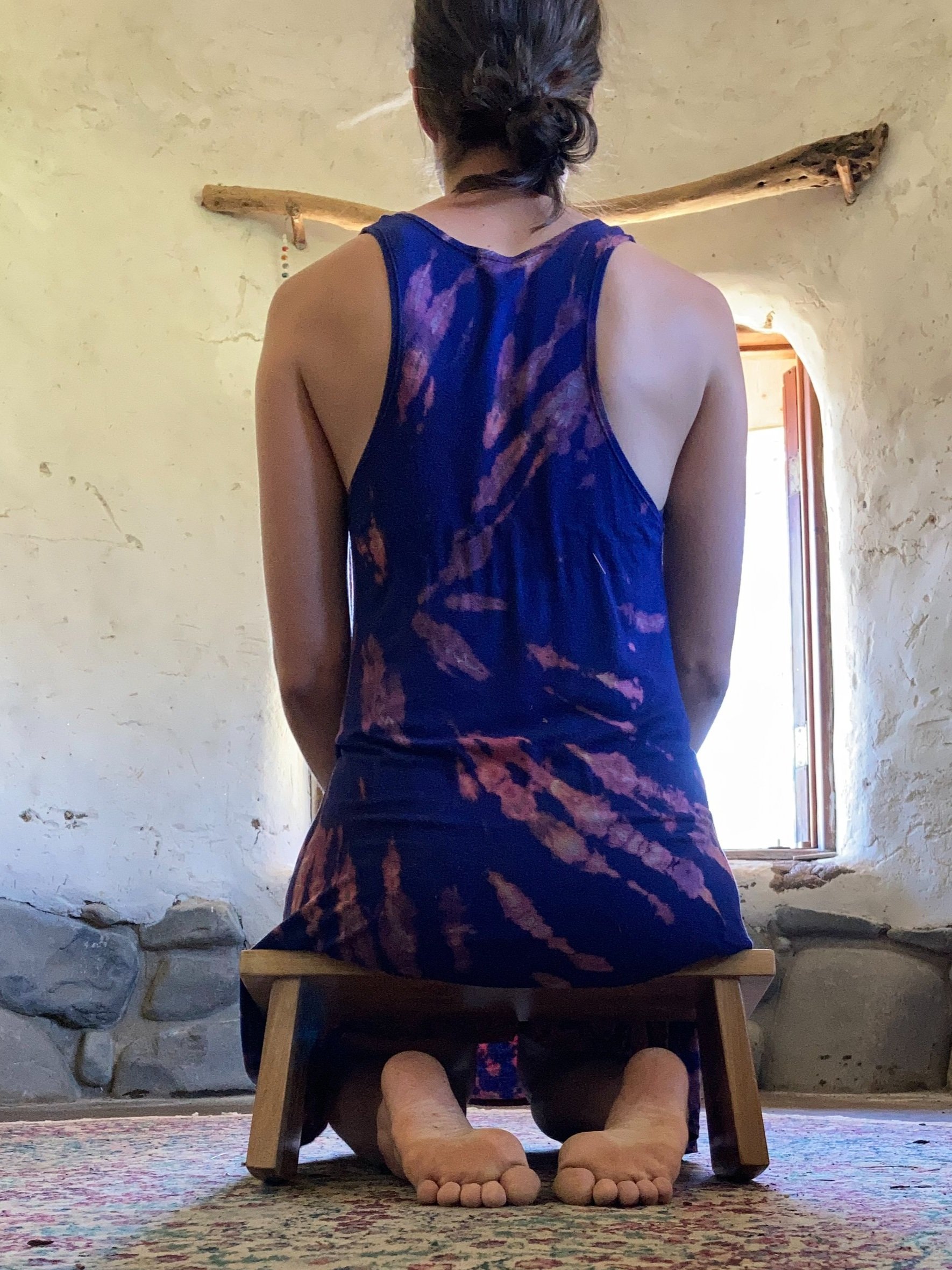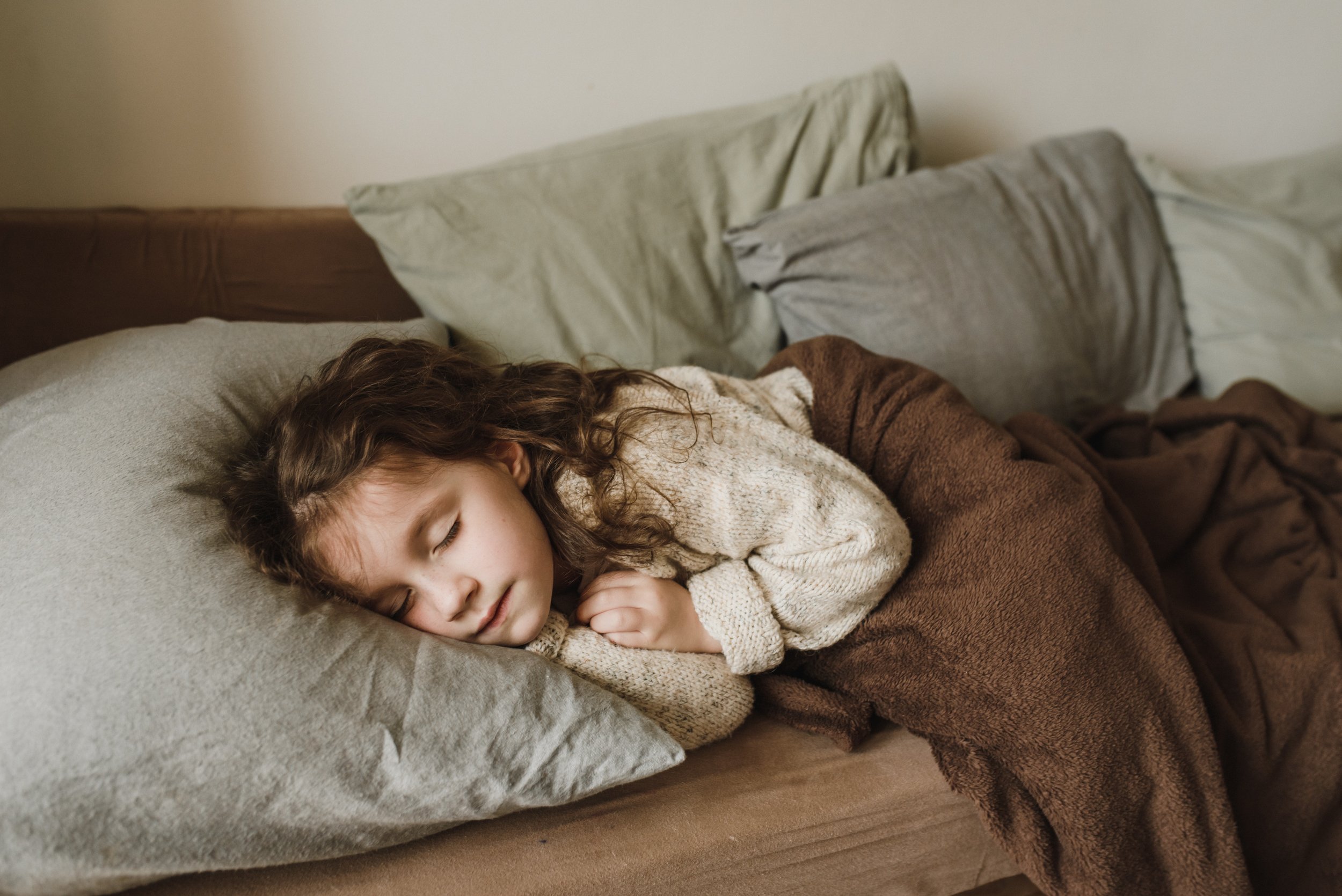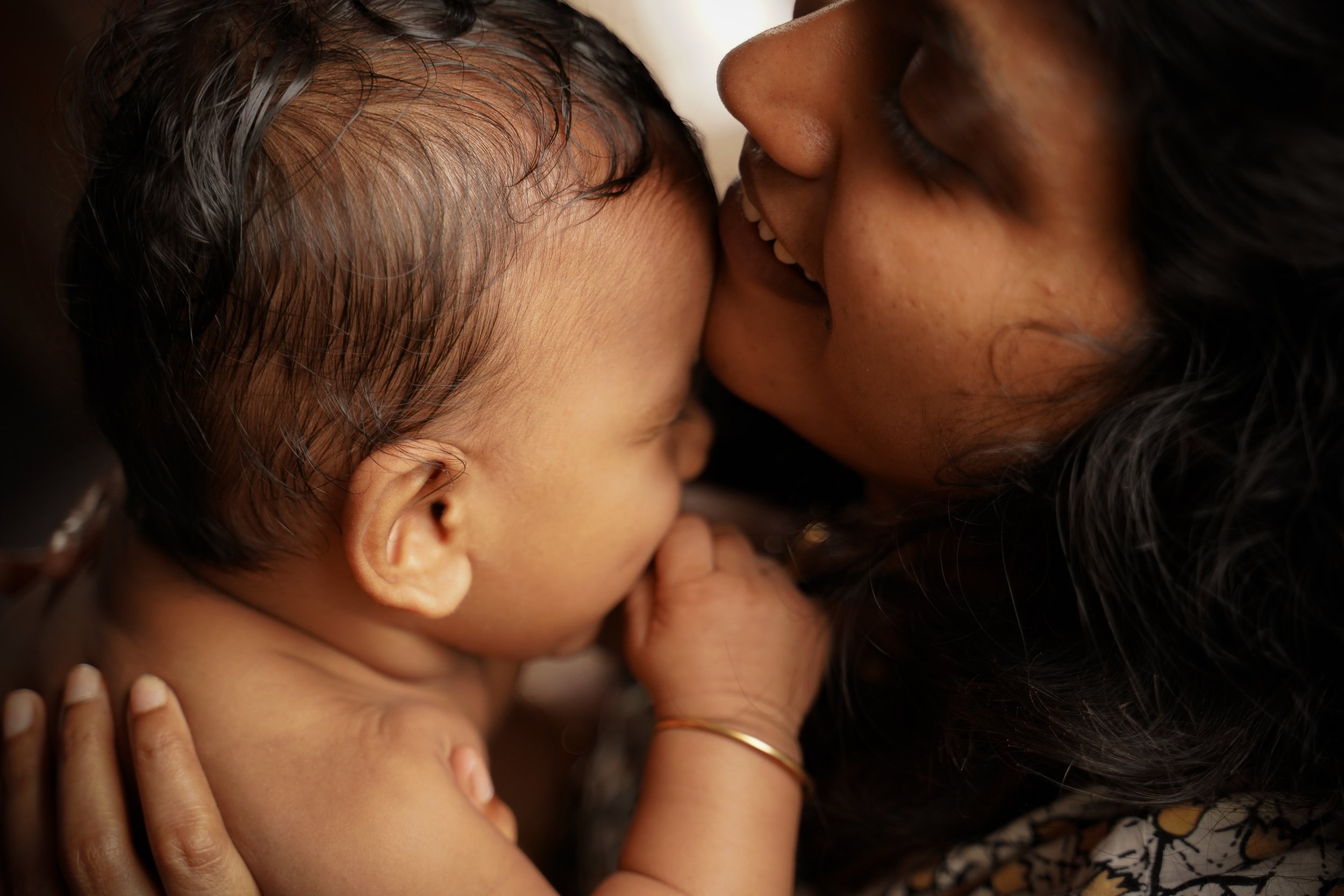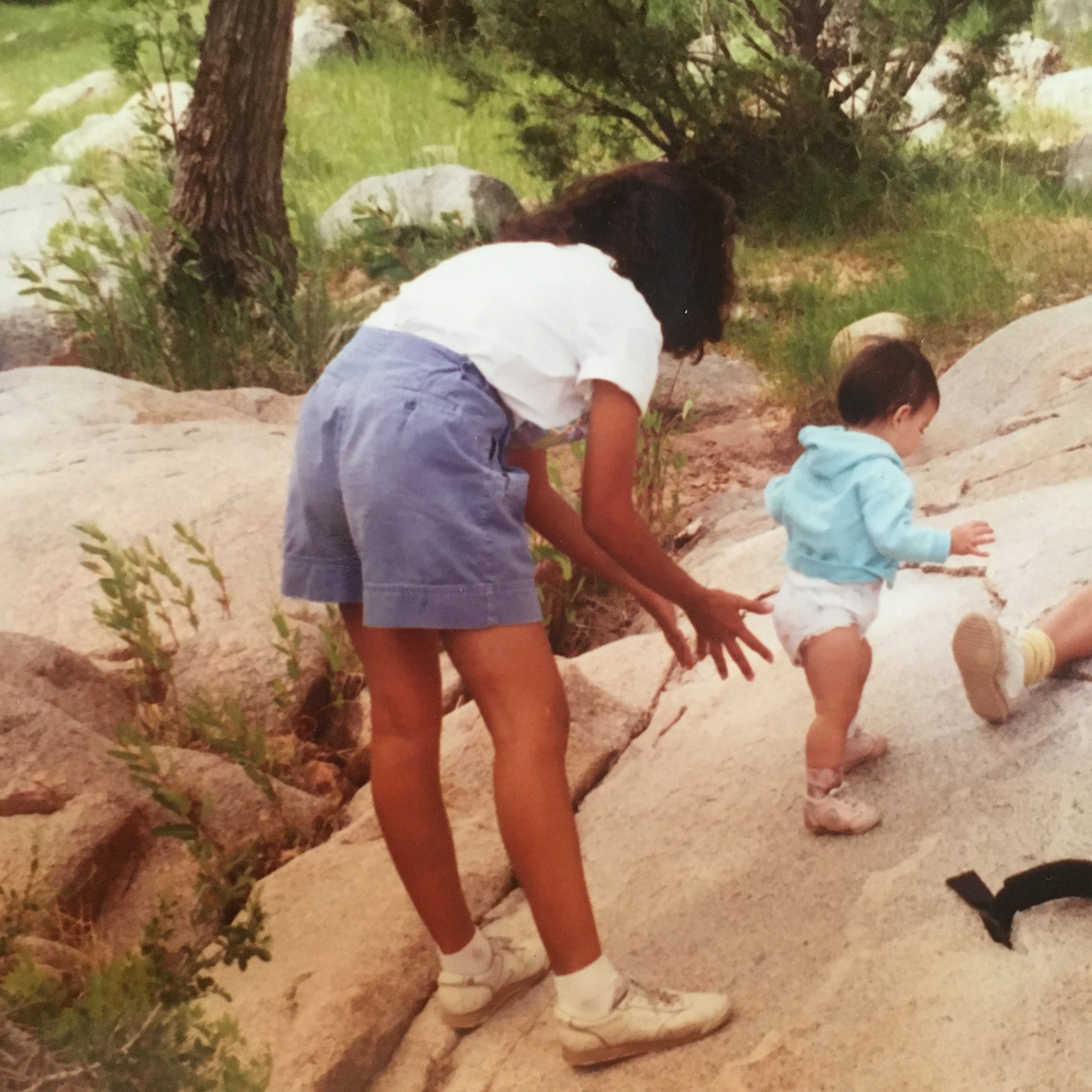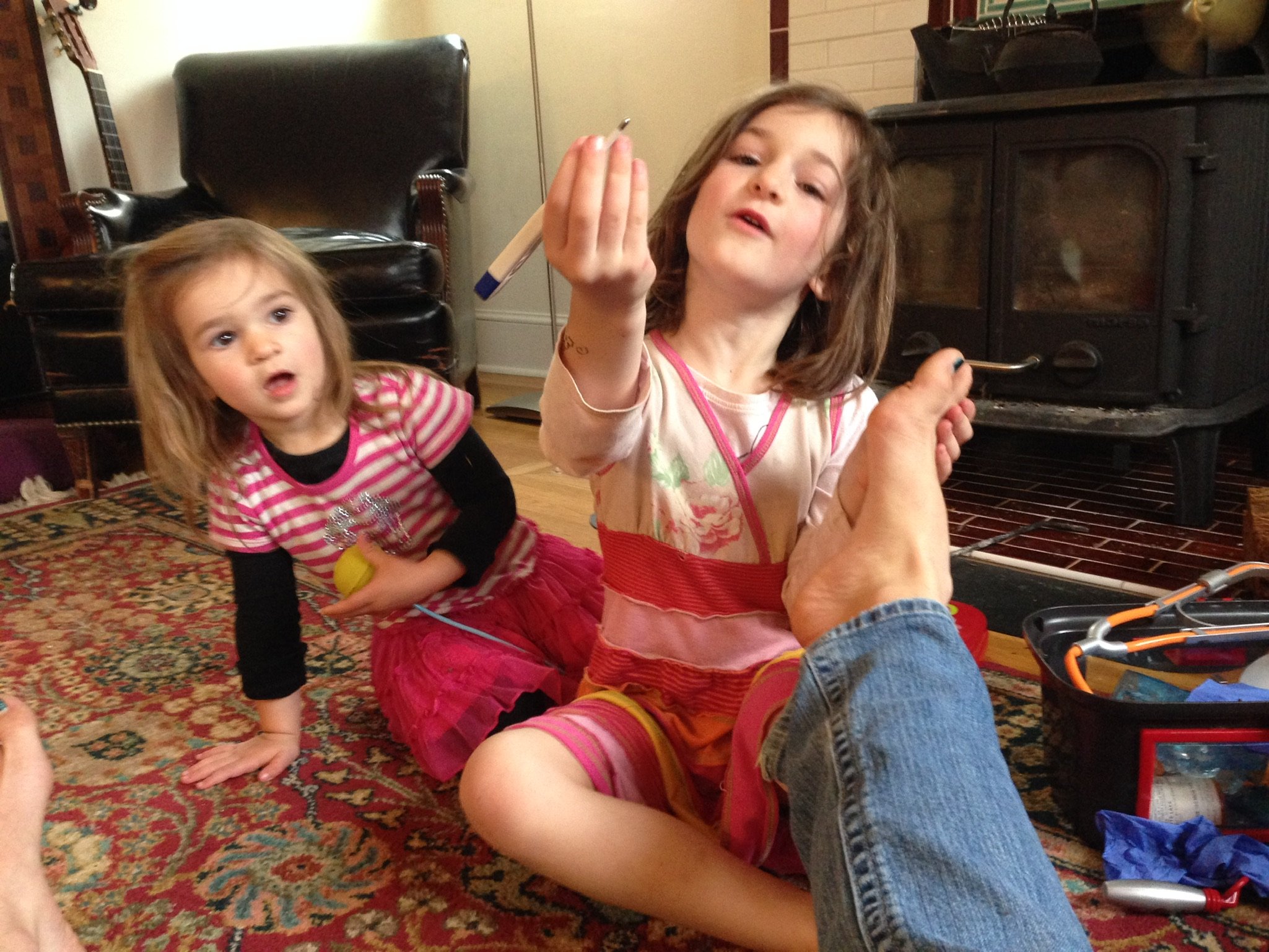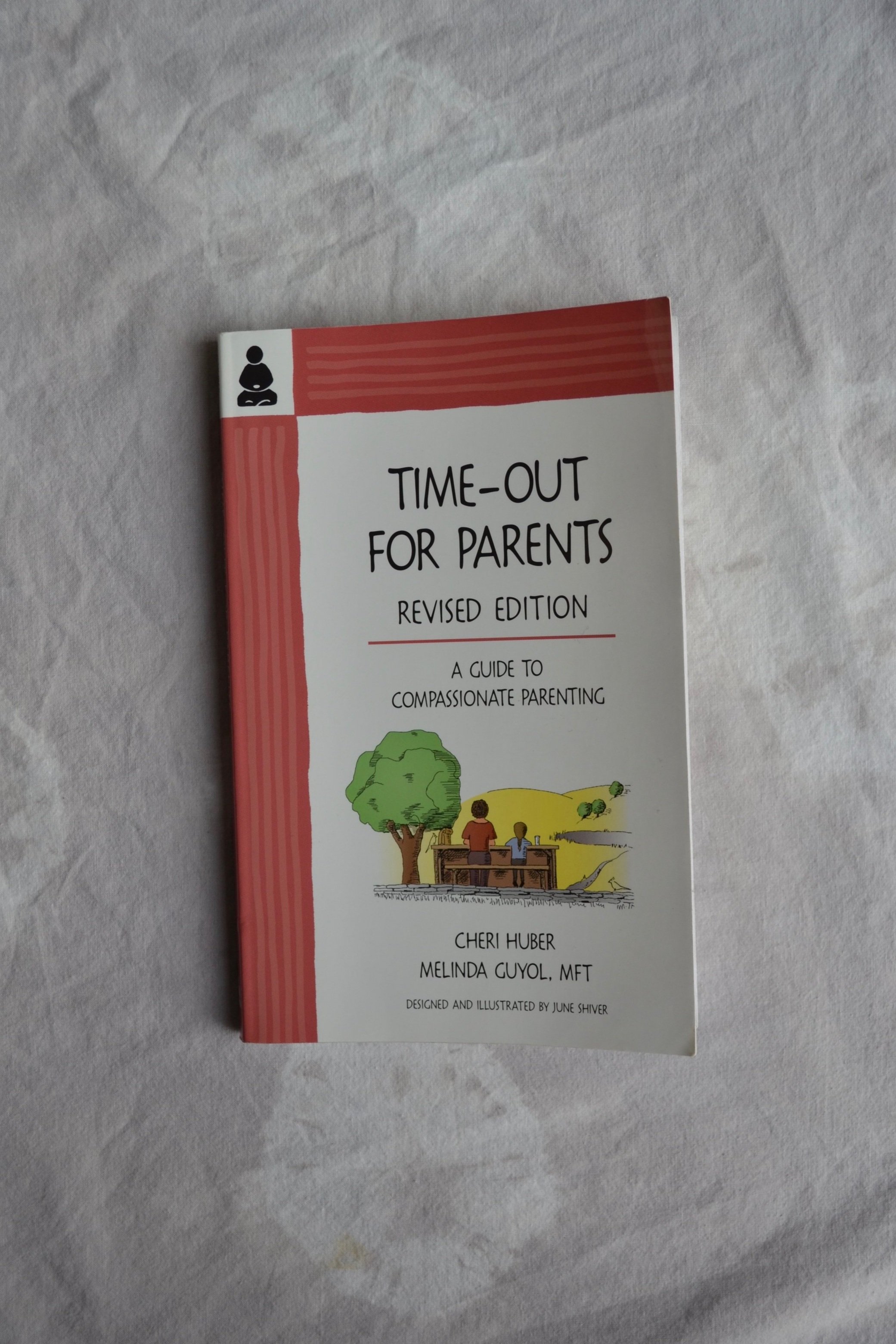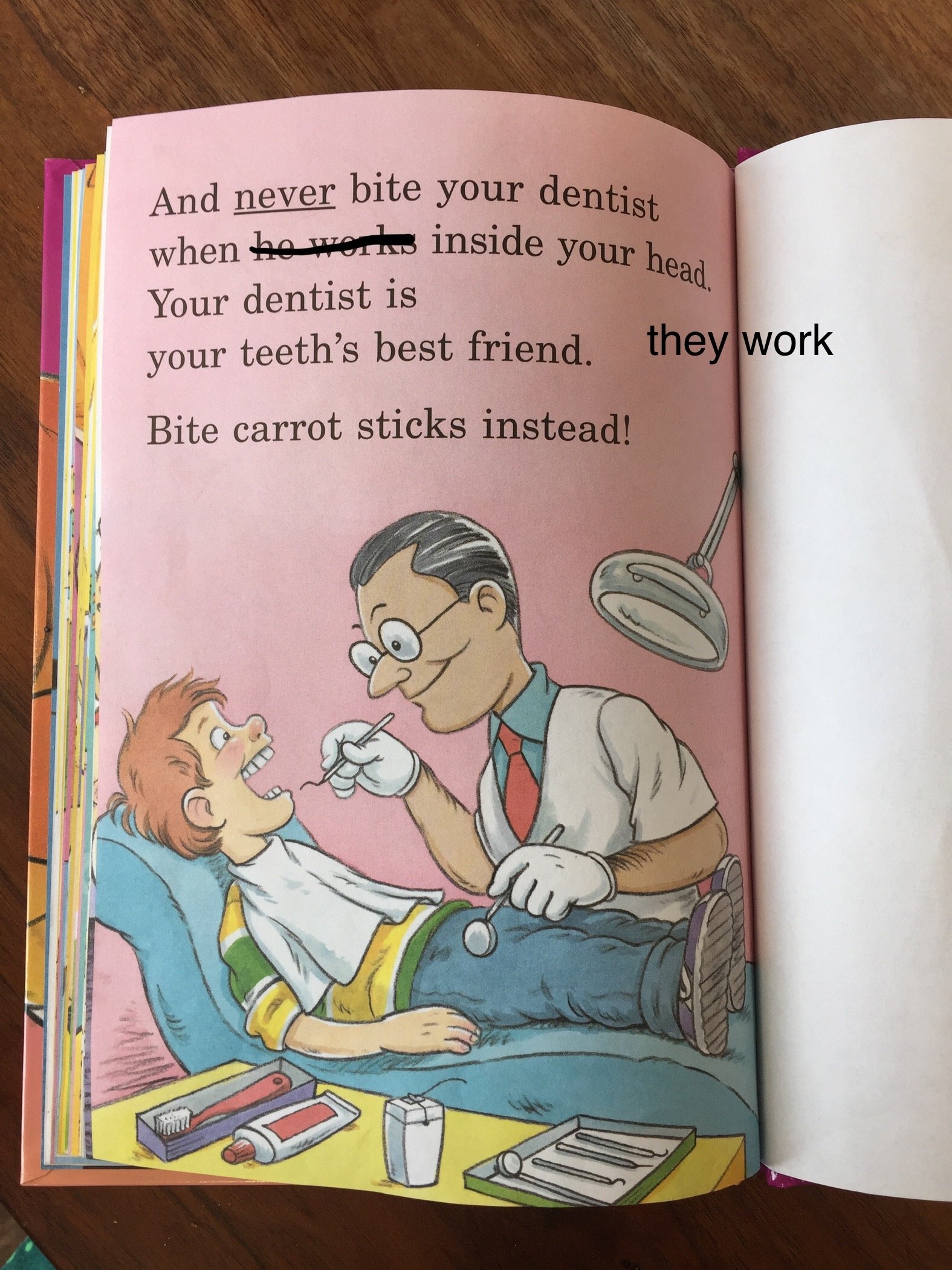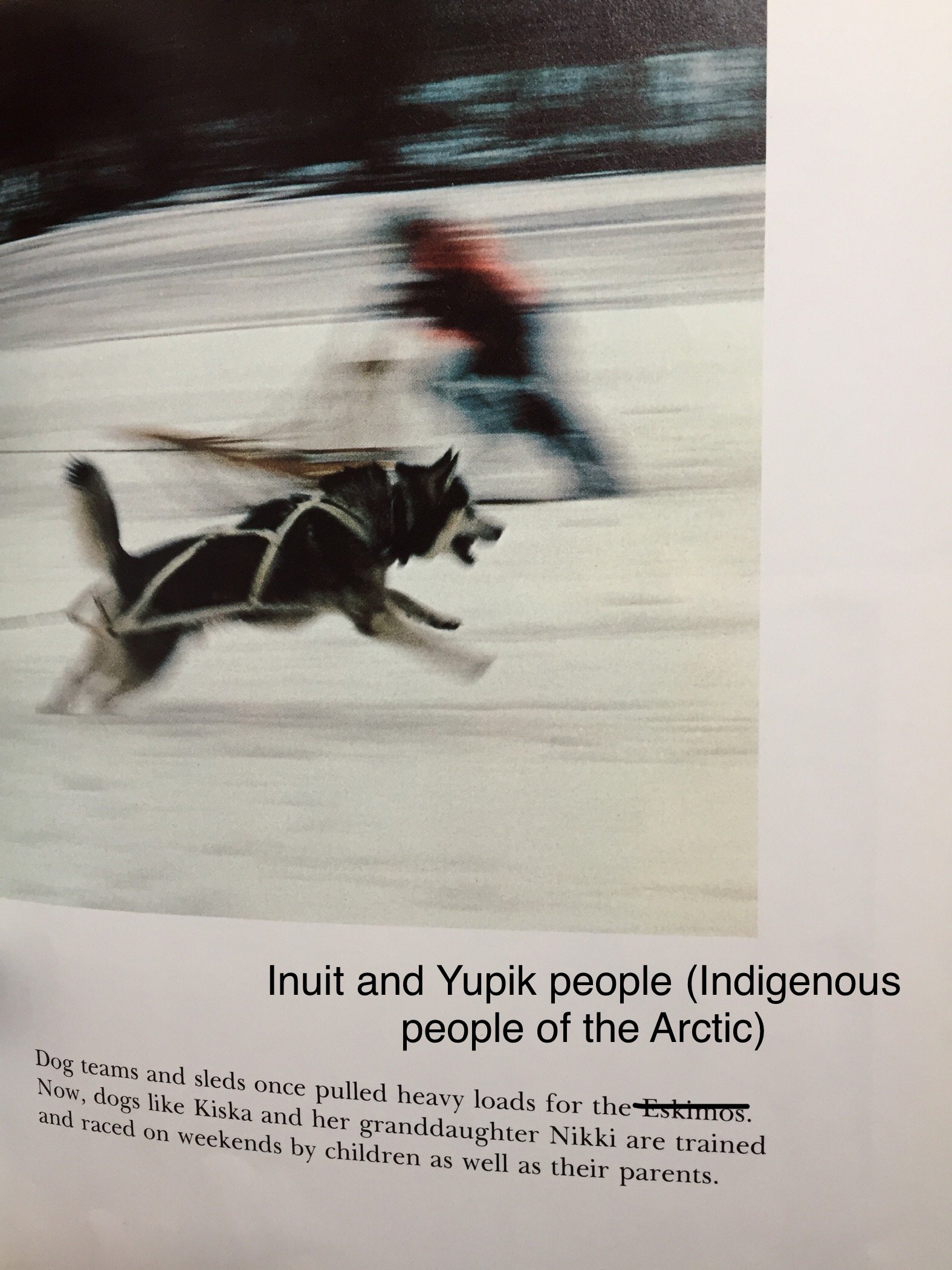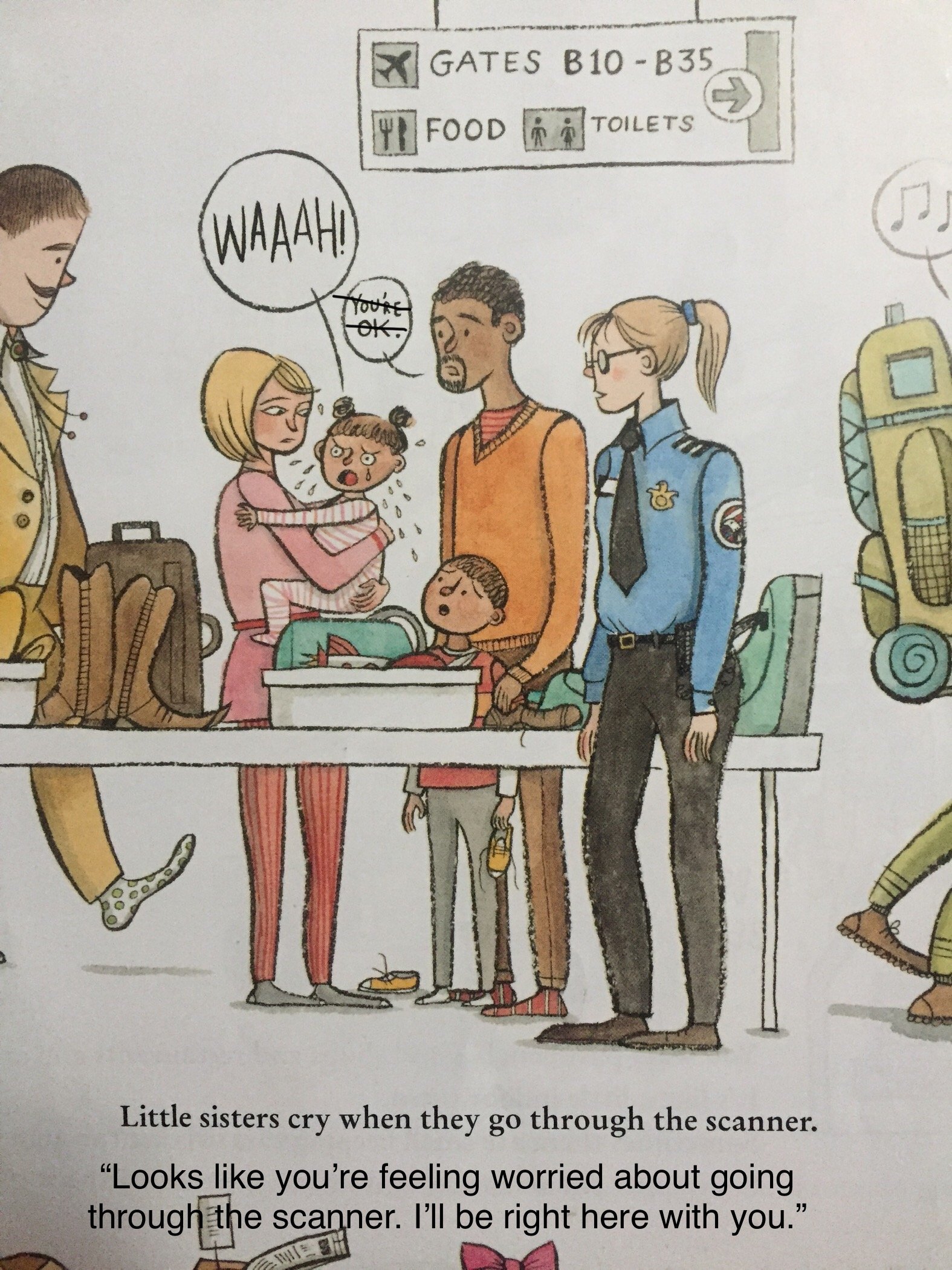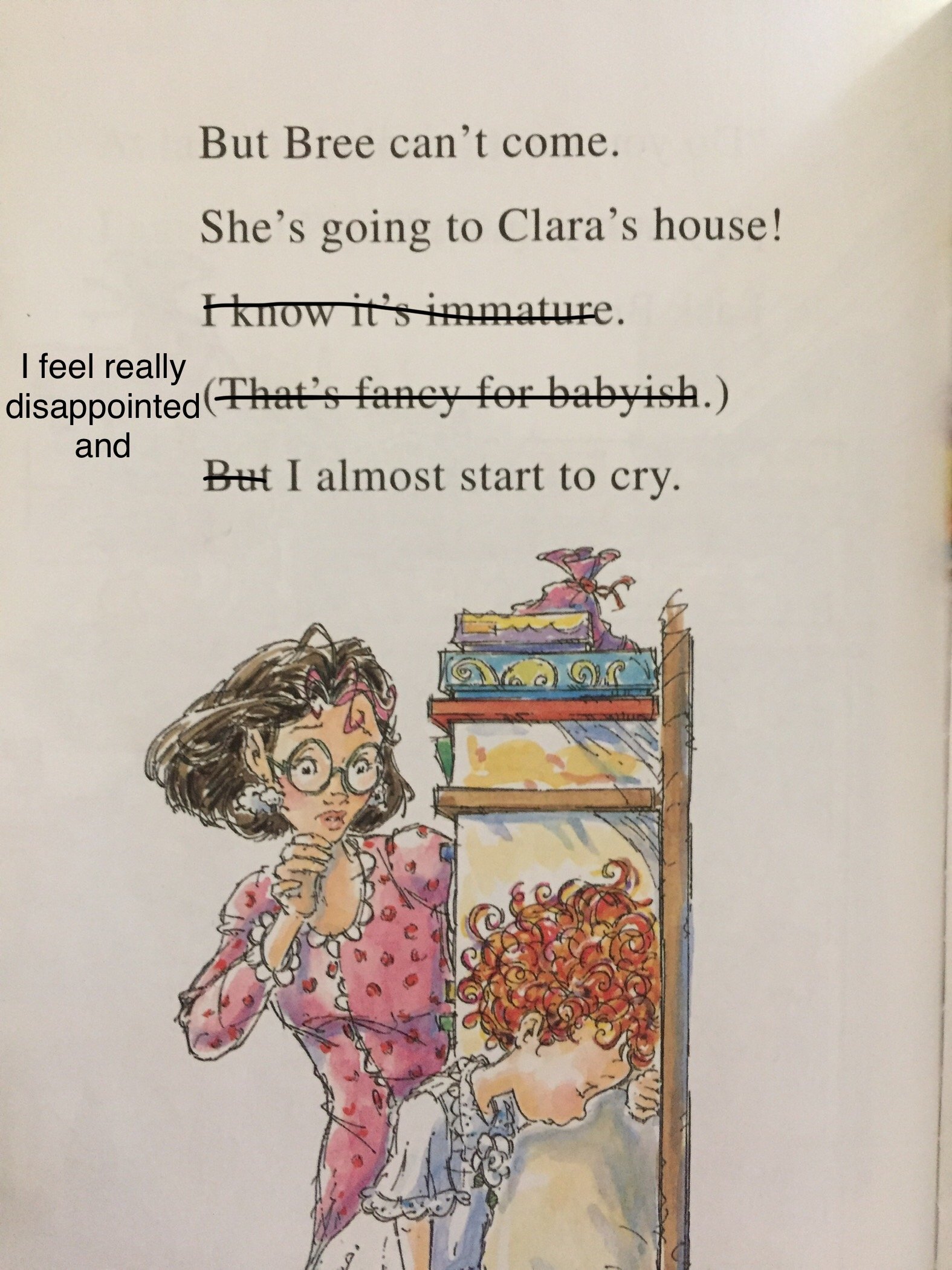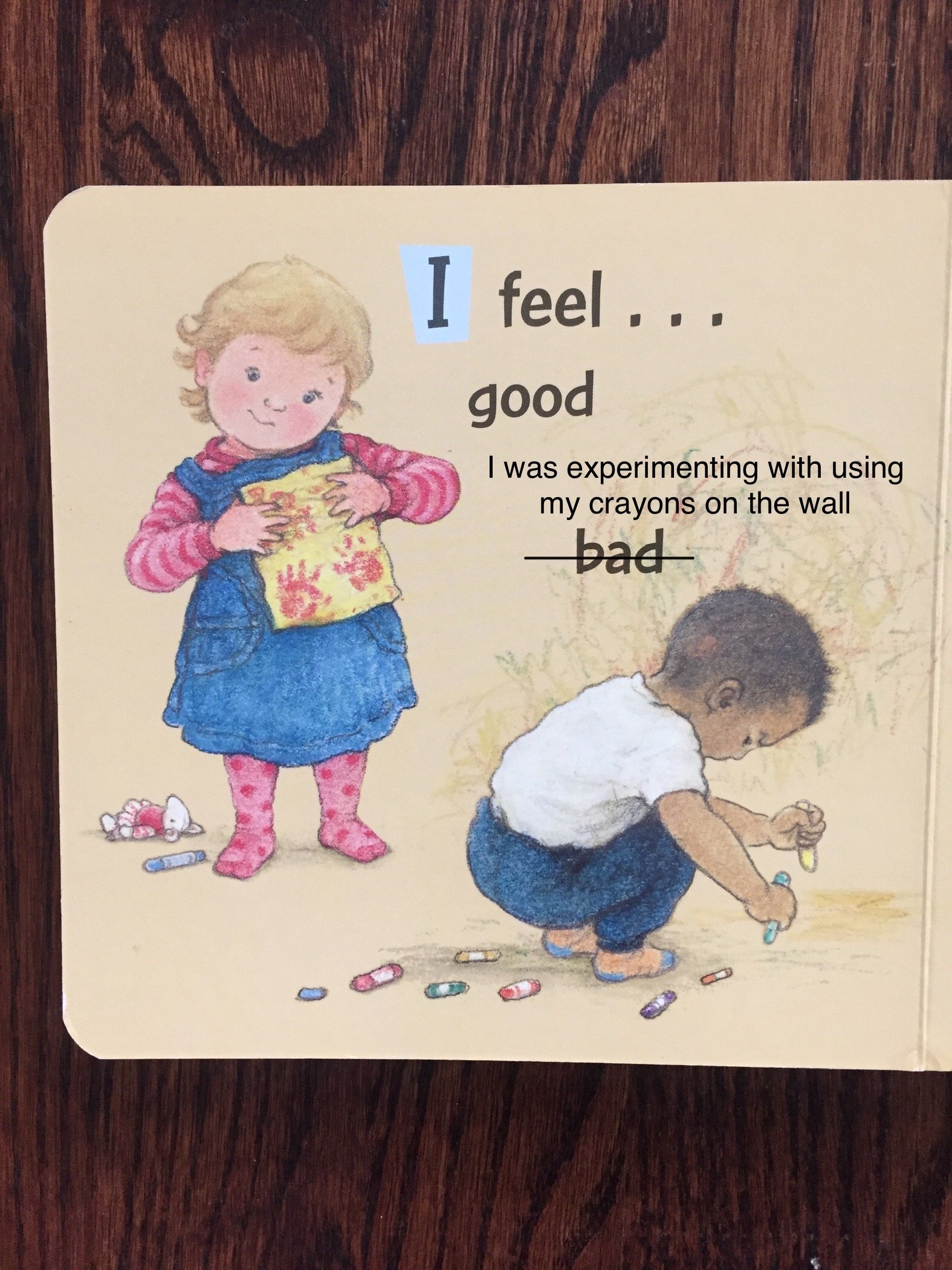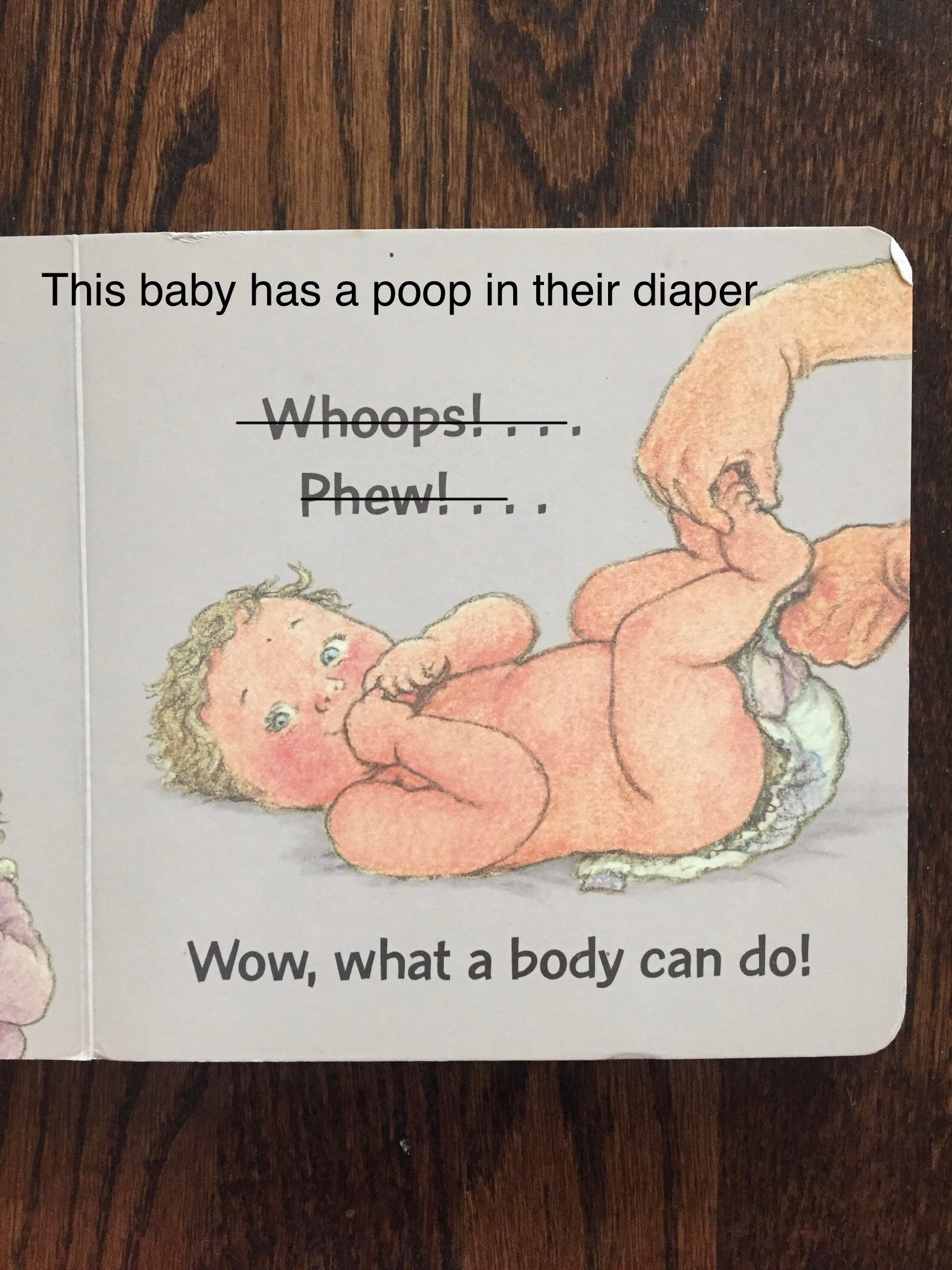When I was a nanny and the youngest kiddo–let’s call him Andy–I cared for was two, I kept a treasury of classic children’s books in my car. In it there was a story by Harry Allard called Miss Nelson is Missing.
In the story, elementary school teacher Miss Nelson is having a hard time keeping her students on task. She’s sweet and mild mannered and her students are raucous–they’re not listening or following directions–and she gets fed up. The next day Miss Nelson doesn’t come to school. Instead, the students find themselves being presided over by Miss Viola Swamp (what a villainous name!). She’s severe, with pursed lips, a perpetual frown, and pointy witch fingers. She wears her black hair in two buns and an “ugly black dress” with yellow and green striped stockings. She doesn’t allow story time and “loads” the kids down with homework. The children begin to miss Miss Nelson and try (unsuccessfully) to find her and bring her back to school.
When the children have all but given up hope, Miss Nelson returns. The children are delighted to have her back and now find it much easier to follow the classroom rules. At the end of the story, we see Miss Nelson chuckling to herself after she’s hung a coat in her closet next to an “ugly black dress” a la Viola Swamp.
Every single time he opened the book, Andy wanted me to find that same story for him–so much that we eventually dog-eared the page so he could find it himself. He was drawn to it like rubberneckers to an accident. He wanted to return, again and again, to this scary story–this mean, witchy woman who was actually Miss Nelson in disguise.
In The Book of Awakening, Mark Nepo tells a story of when he was a child and how afraid he was of the attic in his home. He became “obsessed,” avoiding it until one day,
...when no one was home, I felt compelled to face the unknown. I stood before the attic door for the longest time, my heart pounding. It took all my small inner boy strength to open it… I inched my way in and stood in the dark, even longer, until my breathing slowed, and to my surprise, my eyes grew accustomed to the dark (p. 14).
The one thing that stands out to me the most from both of these stories is that both of these children were in complete control as they courageously approached their fears at their own pace. In The Emotional Life of the Toddler, Dr. Alicia Lieberman explains,
...the child learns to manage anxiety by being exposed to just the right amounts of it, not much more and not much less. The optimal amount of anxiety varies with the child’s age and temperament. It may also vary with cultural values (p. 133).
Just as children use play to master anxiety, Andy and Mark Nepo (as a child) were instinctively turning towards their fear. And in the case of Ms. Swamp, Andy needed to turn towards his fear repeatedly, of his own accord, over the course of many months.
As we approach Halloween, Samhain (the Celtic pagan harvest festival which marks the end of summer and from which many of our current Halloween traditions originate), and Dia de los Muertos, there are a lot of creepy things out and about–skeletons, animatronic witches, enormous spiders in larger-than-life webs, ghosts, and even chilling haunted houses that will spook the pants off adults. Children’s ability to differentiate between fantasy and reality is still emerging in toddlerhood (and will continue to for a few more years)–no wonder it can be a time of mixed feelings.
There are a lot of great suggestions out there for how to support young children during this spooky season, and I’ve included a list of resources below with all of my favorites.
The one thing I’ll add is around language. Just as I prefer to use the word “tumble” to something more dramatic when a child loses balance, I usually say something along the lines of, “That was a little spooky, huh?” when a child encounters something frightening, like Halloween decorations. A dramatic shiver, wide eyes, a drawn out “spoooooooky” and a smile can add a little lightness. On a similar note, when something unexpected happens (a tumble, a barking dog, a loud siren) I might say, “That startled/surprised you, didn’t it?” (instead of “That was SO scary!” or “You’re okay, it’s just a…”). Here I’m acknowledging the child’s experience without jumping to conclusions or constructing a narrative about fear that might not be totally accurate.
The primary benefit to using language that’s a little “ho-hum” (as Janet Lansbury would say) is not to invalidate our child’s experience, but instead to help ourselves stay calm. Children look to us to understand whether or not they should be worried, feeding directly off our emotions (whether we’re aware of them or not). Dr. Lawrence Cohen dedicates a whole chapter to this concept of responding to children’s fears with empathy, and by projecting calm and examining our own anxiety in his book The Opposite of Worry.
The world is a big place full of uncertainties, especially when you’re a toddler. As you navigate this season with your littles, see if you can’t use trust and observation to recognize all of the courageous steps (however small!) your kiddo is taking each and every day.



